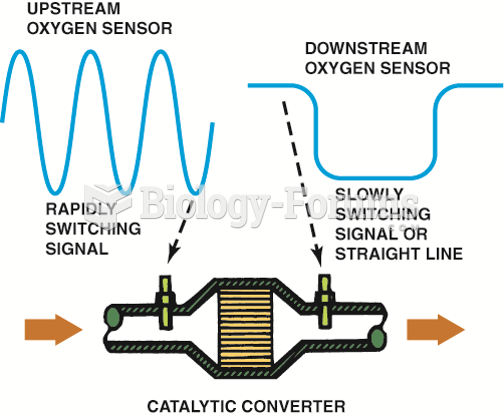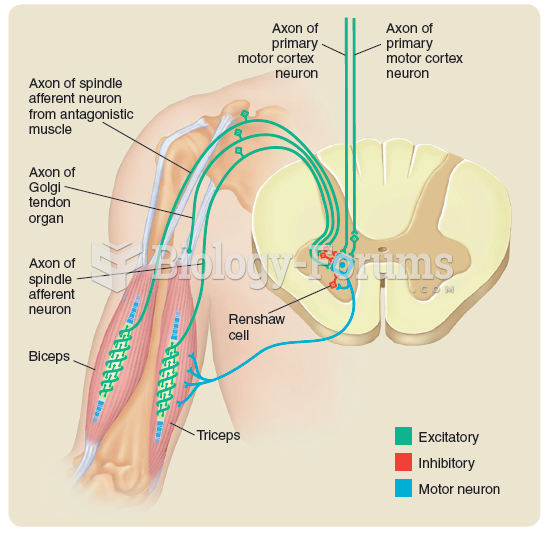|
|
|
The average human gut is home to perhaps 500 to 1,000 different species of bacteria.
The senior population grows every year. Seniors older than 65 years of age now comprise more than 13% of the total population. However, women outlive men. In the 85-and-over age group, there are only 45 men to every 100 women.
When blood is deoxygenated and flowing back to the heart through the veins, it is dark reddish-blue in color. Blood in the arteries that is oxygenated and flowing out to the body is bright red. Whereas arterial blood comes out in spurts, venous blood flows.
More than nineteen million Americans carry the factor V gene that causes blood clots, pulmonary embolism, and heart disease.
Medication errors are more common among seriously ill patients than with those with minor conditions.
 Characteristics of the individual determine (a) whether they will be exposed to certain stressors ...
Characteristics of the individual determine (a) whether they will be exposed to certain stressors ...
 The OBD-II catalytic converter monitor compares the signals of the upstream and downstream oxygen ...
The OBD-II catalytic converter monitor compares the signals of the upstream and downstream oxygen ...





